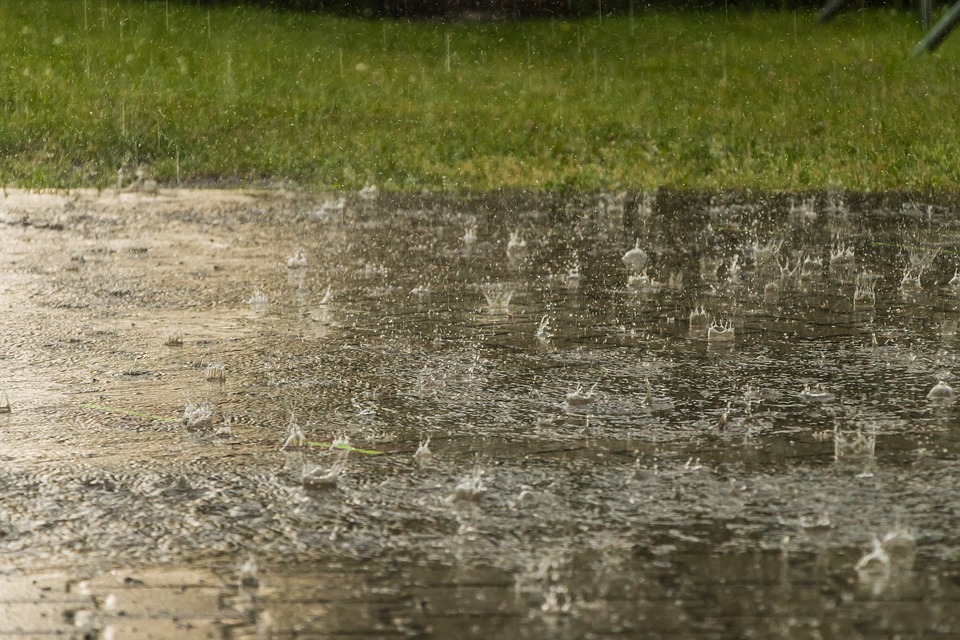- Puddles provide mosquito breeding grounds
- Wet areas on your lawn mean dogs are more likely to track mud into the house
- Your lawn grass will also never grow properly if it’s surrounded by standing water as moss starts taking over all the green space
- Excess moisture is also bad news because it means foundation troubles up ahead
You might be wondering why your yard is constantly flooding with water. It could be a result of natural causes, such as heavy rainfall or an overflowing water body nearby, but the flooding could also mean that some problems exist with your home’s foundation.
Need Help With Pooling Water? Call MT Drains Today.
How to Stop Water From Pooling In Yard: The Four Main Causes of Standing Water and How to Remedy Them
A High Water Table
- Adding compact soil
- Growing shallow-rooted plants that thrive in wet conditions
- Lowering the borders with sod or concrete (depending on the type of lawn)
Improper Grading
Your lawn should be graded, which means that the softscaped yard should slope down away from the house at least 2% in each direction, according to Turf Magazine. The higher the grade, the easier it will be to keep water away from your backyard and in the storm sewer where it belongs.
Hard Pan Digging
Many people don’t realise that the ground beneath their feet is much more than just topsoil. Canada has a complex array of soil types, not just on farms in the Western provinces but even in Toronto-area yards. Beneath your topsoil at varying depths, you’re likely to encounter dense and impermeable “hardpan” soil with a high clay content, which can cause pooling problems for homeowners—especially those with foundation issues or during heavy rainstorms or snow melts.
Are your basement walls leaking after heavy rain? Learn what to do about it here.
Some solutions are aeration and top-dressing, which is adding extra soil to your lawn. Another approach is digging or rototilling through the hardpan, which is not an easy task, but any homeowner can do it with practice.
Thatching Issues
How to fix water pooling in your yard due to thatching? The solution to this problem is simple: dethatch and aerate! This means that you need to get rid of the layer of thatch using a rake, mower, or dethatcher.
Bonus Tips: How to Improve Your Drainage and Prevent Standing Water in Your Yard
Add a Dry Well
Channel Runoff Correctly
Let the Professionals at MT Drains & Plumbing Fix Water Pooling in Your Yard
Contact our team at MT Drains & Plumbing today at (905) 761-5551 in Vaughan, Ontario, to schedule plumbing services near you in the Greater Toronto Area.






